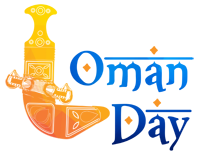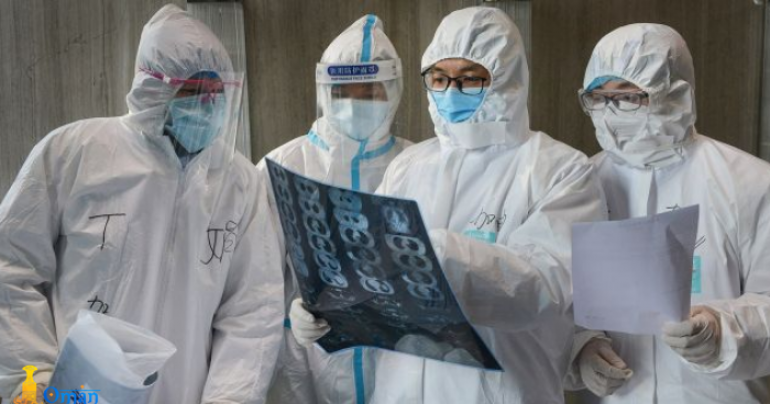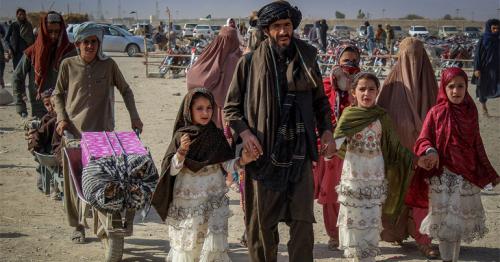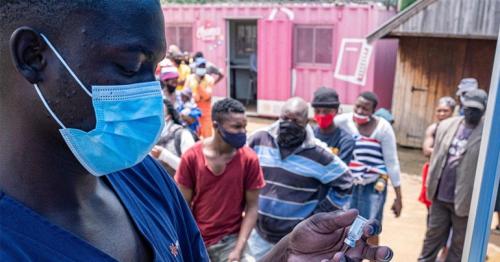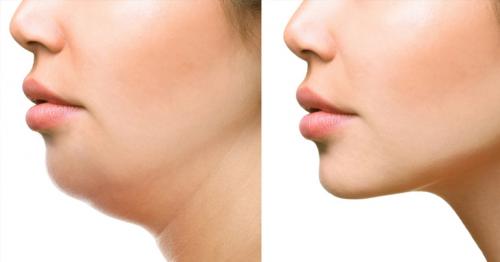Can people spread coronavirus after they recover?
COVID-19, the respiratory malady brought about by the new coronavirus, has spread to each mainland with the exception of Antarctica. Not very long after the infection was first found toward the finish of December, labs turned their sights toward treatment.
As of now, be that as it may, there is no solution for this coronavirus, and medicines depend on the sort of care given for flu (occasional influenza) and other serious respiratory sicknesses, known as "strong consideration," as indicated by the Centers for Disease Control and Prevention (CDC). These medicines basically treat the side effects, which regularly on account of COVID-19 include fever, hack and brevity of breath. In gentle cases, this may essentially mean rest and fever-lessening prescriptions, for example, acetaminophen (Tylenol) for comfort.
In medical clinics, specialists and attendants are some of the time treating COVID-19 patients with the antiviral medication oseltamivir, or Tamiflu, which appears to stifle the infection's proliferation in probably a few cases. This is to some degree amazing, Michigan Tech virologist Ebenezer Tumban disclosed to Live Science, as Tamiflu was intended to focus on a chemical on the flu infection, not on coronaviruses. The National Institutes of Health has started a clinical preliminary at the University of Nebraska Medical Center to test the antiviral remdesivir for COVID-19, the office declared Feb. 25. In China, specialists are additionally trying a variety of different antivirals initially intended to treat Ebola and HIV, Nature Biotechnology detailed.
In cases in which pneumonia restrains breathing, treatment includes ventilation with oxygen. Ventilators blow air into the lungs through a cover or a cylinder embedded legitimately into the windpipe. A New England Journal of Medicine investigation of 1,099 hospitalized patients with the coronavirus in China found that 41.3% required supplemental oxygen and 2.3% required intrusive mechanical ventilation. Glucocorticoids were given to 18.6% of patients, a treatment frequently used to lessen irritation and help open aviation routes during respiratory sickness.
There is no immunization for the coronavirus that causes COVID-19. Researchers are attempting to create one, Hilary Marston, a clinical official and strategy counselor at the National Institute of Allergy and Infectious Diseases (NIAID), said in a Harvard T.H. Chan School of Public Health webcast on Monday (March 2). Notwithstanding, there won't be an antibody for the infection in the close to term.
"On the off chance that everything moves as fast as could reasonably be expected, the soonest that it might be is around one-and-a-half to two years. That despite everything may be exceptionally idealistic," Marston said.
Coronavirus fundamentals
The epic coronavirus, presently called SARS-CoV-2, causes the ailment COVID-19. The infection was first distinguished in Wuhan, China, on Dec. 31, 2019. From that point forward, it has spread to each mainland aside from Antarctica. The passing rate seems, by all accounts, to be higher than that of the occasional influenza, however it changes by area just as an individual's age, fundamental wellbeing conditions, among different components. For example, in Hubei Province, the focal point of the episode, the passing rate arrived at 2.9%, while it was only 0.4% in different regions in China, as per an investigation distributed Feb. 18 in the China CDC Weekly.
Researchers aren't sure where the infection began, however they realize that coronaviruses (which additionally incorporate SARS and MERS) are passed among creatures and people. Research looking at the hereditary grouping of SARS-CoV-2 with a viral database proposes it started in bats. Since no bats were sold at the fish showcase in Wuhan at the sickness' focal point, specialists recommend a middle creature, conceivably the pangolin (an imperiled well evolved creature) is liable for the transmission to people. There are right now no medications for the illness, however labs are taking a shot at different sorts of medicines, including an antibody.
With amazing cutaway representations that show how things work, and stunning photography of the world's most moving scenes, How It Works speaks to the apex of drawing in, accurate diversion for a standard crowd quick to stay aware of the most recent tech and the most noteworthy marvels on earth and past. Composed and introduced in a style that makes even the most unpredictable subjects intriguing and straightforward, How It Works is delighted in by perusers everything being equal.
tag: respiratory , antartica , coronavirus-in-oman , new-coronavirus , spread , recover , infection
Share This Post
